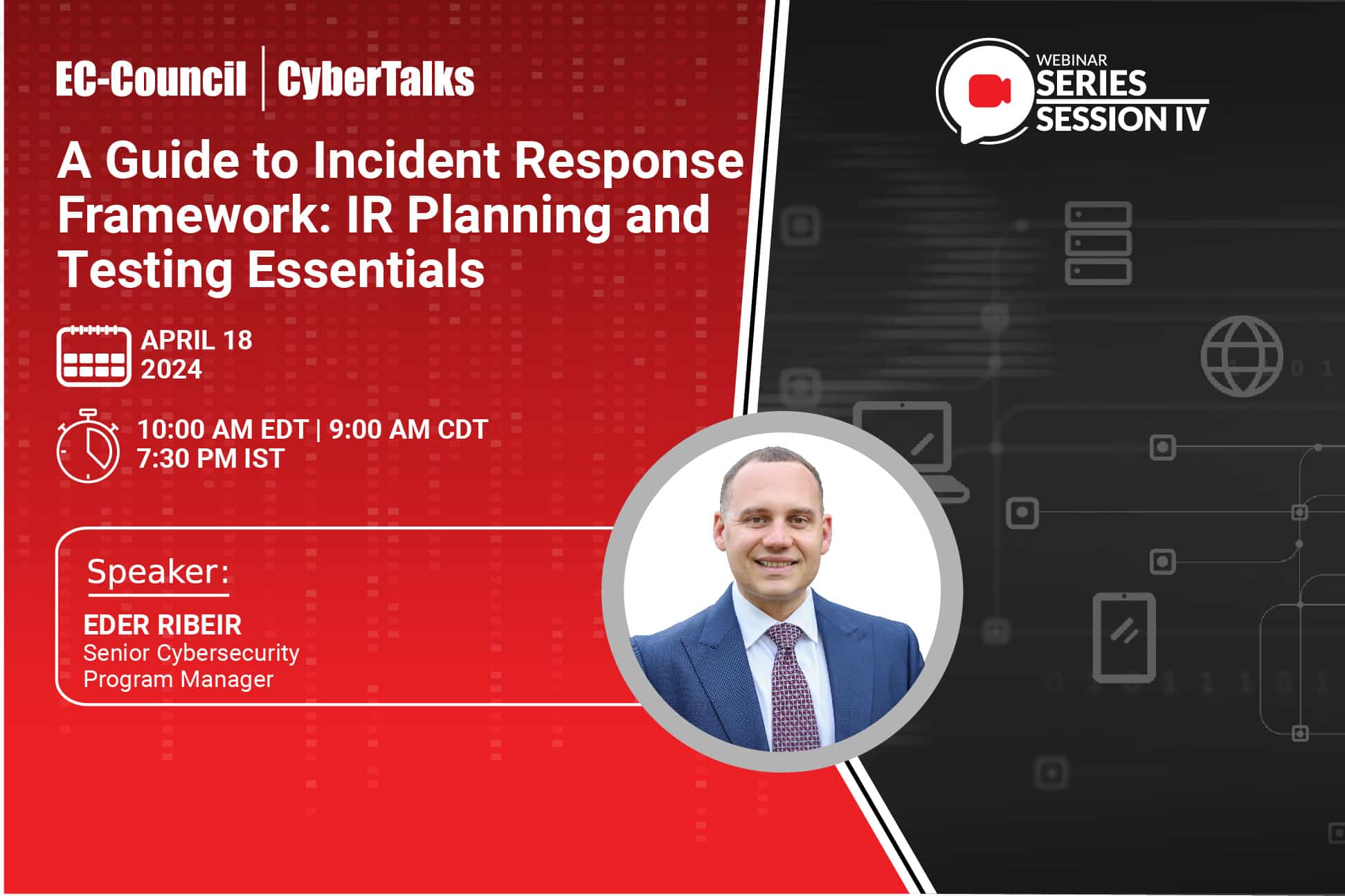The widespread adoption of technology has changed how businesses process information. Employees today communicate using email and VoIP telephone systems and use electronic data interchanges to transmit orders between companies or payments from one account to another. All of these systems rely on IT to function correctly.
As business processes become increasingly reliant on IT, organizations also need to be prepared for the growing risk of cyberthreats. In this environment, it’s important to ask yourself what policies and procedures your organization has in place in the event of a disaster. IT disaster recovery plans (DRPs) and business continuity plans (BCPs), which provide a roadmap for response and recovery in the event of a crisis, are essential to have on hand in an emergency. But how can you ensure your plans will work?
The answer is testing. Before you implement your DRP and BCP in production environments, you need to ensure that your unit tests and user simulation exercises have covered every step in the process. In this article, we’ll outline the best practices for testing your organization’s DRPs and BCPs and explain how EC-Council’s Disaster Recovery Professional (E|DRP) certification can benefit you.
Testing a Disaster Recovery Plan: How to Avoid Different Types of Cyberattacks
The best way to ensure that your DRP is working properly and will assist you in an emergency is to test it regularly. All businesses should have a recovery plan in place. However, many don’t take action until something goes wrong, leaving them vulnerable until their next scheduled test date.
A BCP and DRP provide guidelines for your organization to follow in an emergency. Since no one knows when a disaster will strike, it is essential to have well-crafted BCP and DRP tests that account for as many potential types of cyberattacks as possible.
Set Your Plans and Objectives
Before you begin to test your disaster recovery system, you should identify the relevant key performance indicators (KPIs). The most common KPIs for disaster recovery solutions are recovery time objective (RTO) and recovery point objective (RPO). RTO describes the amount of time that can elapse after the failure of a system before your business is impacted. RPO indicates the maximum acceptable amount of data loss after an emergency occurs by calculating how much time can elapse since the last backup if it becomes necessary to restore from tapes rather than online services.
While there is no one standard for how often you should test your DRP and BCP, you should generally conduct functional disaster recovery testing at least once per year. This should include an emergency evacuation drill; a structured walkthrough; and a review of your risk assessment, business impact analysis (BIA), and recovery plans. A checklist test should be conducted twice per year. Recovery simulation tests or drills should be conducted at least every two or three years or as you deem fit for your business.
Although these guidelines are the most commonly suggested, it’s not always necessary to follow them strictly. The time frames for your testing should reflect your organization’s size, industry, personnel, BCP maturity levels, and available resources. EC-Council advises that you assess, review, and update your emergency preparedness plans throughout the year, including your DRP, BCP, risk management plan, and incident response plan.
Create a Test Environment
You can improve the accuracy of your tests by paying close attention to detail when setting up your lab environment. In testing environments, you should mirror your production hardware and software as closely as possible so there are no surprises in real-world situations later on. Know the types of cyberattacks to which you’re most susceptible and create an appropriate testing environment.
Choose the Right Testing Method
Those working on your disaster recovery solution should assess what’s needed to ensure your business is prepared when a crisis arises. They should then proceed through every step—from policies to procedures to checklists—so no potential deficiencies are left unaddressed. A physical copy should be stored securely, while digital copies can reside on cloud servers accessible by multiple computers or smartphones.
Relying on only one testing technique can’t ensure that your plan will be effective in an emergency. Instead, you should conduct a variety of tests before implementing any changes to production environments. This may include performing user research (for example, asking people if they would like certain features) and testing interactions with software tools or physical devices necessary for the BCP’s functionality. Next, we’ll review some of the techniques that should be part of your testing scenario.
This stage often includes senior executives and department heads. They’ll assess the BCP and DRP, deliberate on likely developments, update contact information, and ensure that business continuity and disaster recovery situations are adequately addressed. Making a plan identifies the sequence in which crucial administrative and operational processes should be conducted. It is typically structured as a quick-reference guide.
Walkthroughs, also referred to as runthroughs, are used to support hands-on and procedural drills. This testing technique resembles structured walkthrough drills with department heads, which aim to ensure that the core delegation channels are informed of what’s expected of them in an emergency or disaster. This includes automated and scripted contingencies, data validation, cloud backups, data replication tasks, kickoff boot sequences, standby server switchovers, and other technical components of your BCP and DRP.
Simulation testing focuses on restoring and recovering key components of the DRP in superficially realistic situations. This type of testing involves performing real-life tests of outmoded systems, restoring from backups, and practicing loss recovery procedures, among other related activities. You should also test your protocols for staff safety, leadership response, asset management, and relocation.
Involve Your Vendors
During your testing cycle—that is, your checklist, walkthrough, and simulation—you should ensure that your key vendor is covered in the testing procedure. Including your vendors in your testing process lets you review and assess the precision and serviceability of your business plans to a greater extent. It also enables your vendors to offer feedback to support your testing activities and plans.
Record Your Tests or Drills
Ensure that you record and properly file the outcomes of your tests and drills, including documenting all findings that indicate a lack of compliance with applicable laws and regulations or that may otherwise lead to actionable outcomes. Once you’ve completed your drills and testing processes, record your findings, and adjust your DRP and BCP accordingly. It’s critical to monitor the results of your tests and integrate the suggestions realized through your testing process. This is the most appropriate method of reinforcing your company’s response techniques.
EC-Council Disaster Recovery Professional (E|DRP)
EC-Council’s E|DRP certification program provides a robust understanding of business continuity and disaster recovery (BC/DR) concepts for IT and cybersecurity professionals, BC/DR consultants, CISOs, IT directors, and other cybersecurity enthusiasts. The course covers how to develop strong policies and procedures, formulate risk assessments for different types of cyberattacks, conduct BIAs, and execute effective BCPs and DRPs.
The E|DRP course curriculum encompasses everything you need to know in the BC/DR domain, including the newest trends and technologies, best practices, and gaps in the industry today. Start your certification journey with EC-Council today!











